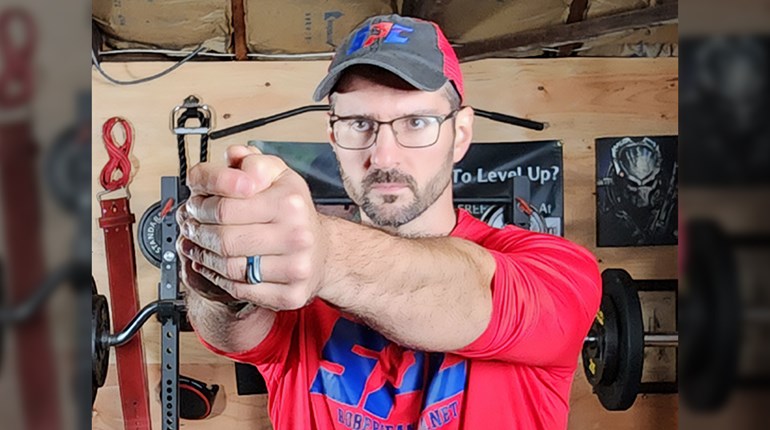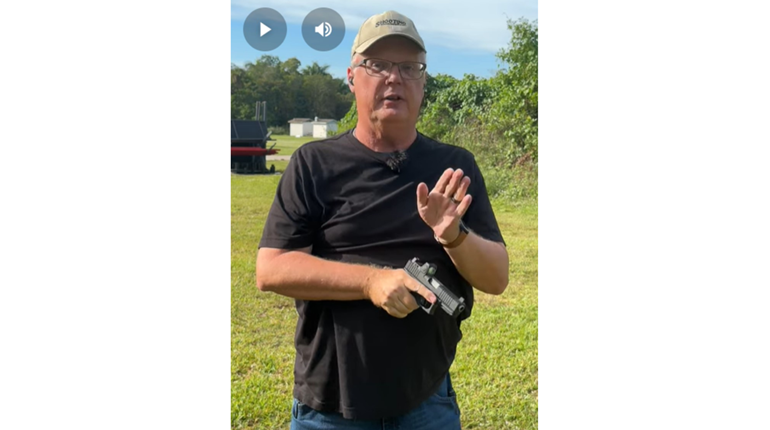We've covered the history of the Failure Drill, sometimes referred to as the Failure to Stop or Mozambique Drill in remembrance of where it originated, previously. It's a fast drill that emphasizes speed and precision, getting two rounds to center-of-mass quickly and following up with a single, accurate shot to the head to assure that the threat has been neutralized.
The Failure Drill is a defensive drill designed to address what happens if your first two shots to the center mass area don't stop the threat. In this case, you will need to slow down and take a more precise shot. There's two things I really like about the Failure Drill. One is the utility. It's a great defensive drill, in that the possibility exists that, in the worst-case violent scenario, you might put two solid shots on target that do not stop the threat. Two, it can be adjusted for skill level. There are standards out there, with variations; you can shoot it anywhere from 3 to 7 yards depending on your skill level or farther. There are par times out there if you're working against the clock - general par times are around 3 seconds for all three shots on target. You can work from low ready, from the holster or even from concealment. There's lots of different ways to practice the Failure Drill, and plenty of ways you can make it more challenging once you have mastered the basics.
One of the ways to track your progress is to decrease the time needed to complete the drill. Once you have achieved all three shots in 3 seconds or less, work to get your total time under 2 1/2 seconds. If you're getting solid hits in 3 seconds from low-ready, add in drawing from the holster. If you find you're cleaning the drill at 5 yards, move back to 7 yards.
Some of the gear we used today is a Smith & Wesson M&P M2.0, a BladeTech Signature series holster and a Gunsite Option target. For more information on the Failure drill, and other Skills Check drills you can try, visit Shootingillustrated.com.
The Failure Drill is a defensive drill designed to address what happens if your first two shots to the center mass area don't stop the threat. In this case, you will need to slow down and take a more precise shot. There's two things I really like about the Failure Drill. One is the utility. It's a great defensive drill, in that the possibility exists that, in the worst-case violent scenario, you might put two solid shots on target that do not stop the threat. Two, it can be adjusted for skill level. There are standards out there, with variations; you can shoot it anywhere from 3 to 7 yards depending on your skill level or farther. There are par times out there if you're working against the clock - general par times are around 3 seconds for all three shots on target. You can work from low ready, from the holster or even from concealment. There's lots of different ways to practice the Failure Drill, and plenty of ways you can make it more challenging once you have mastered the basics.
One of the ways to track your progress is to decrease the time needed to complete the drill. Once you have achieved all three shots in 3 seconds or less, work to get your total time under 2 1/2 seconds. If you're getting solid hits in 3 seconds from low-ready, add in drawing from the holster. If you find you're cleaning the drill at 5 yards, move back to 7 yards.
Some of the gear we used today is a Smith & Wesson M&P M2.0, a BladeTech Signature series holster and a Gunsite Option target. For more information on the Failure drill, and other Skills Check drills you can try, visit Shootingillustrated.com.


























